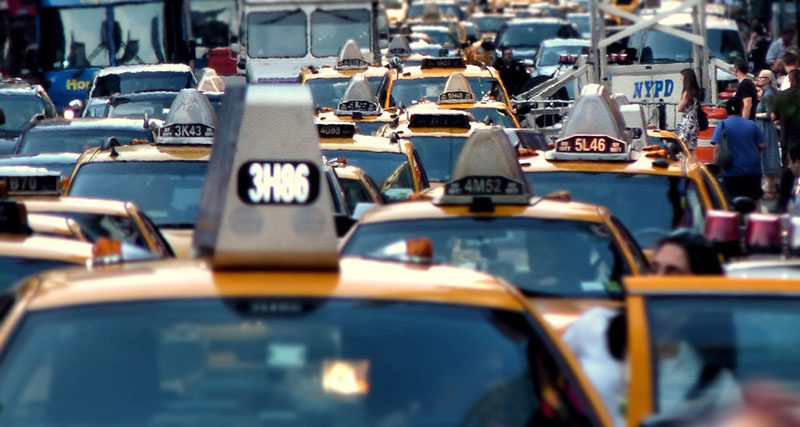Air Pollution Responsible for Higher Death Rates

There is no safe level of air pollution. That’s the finding of a 12-year study published in the New England Journal of Medicine that looked at health records from nearly 61 million people on Medicare combined with a databank of pollution readings.
According to a Business Insider report, for every increase of 10 micrograms of a key type of pollutant known as PM2.5, death rates among seniors rose 7.3 percent. That’s the equivalent of 120,000 deaths, said one of the study authors from the Harvard T.H. Chan School of Public Health. The study claims that the effects were the strongest for low-income Americans and people of color.
To put that figure into perspective, the World Health Organization has recommended a guideline level of 20 micrograms worldwide, which is a massive reduction from many countries that regularly exceed levels of 70 micrograms or more. Over the course of the study, the average levels the researchers observed ranged from about 6 to 16 micrograms.
Even in years when the concentrations of that pollutant in an area were low and approached levels considered “safe,” the researchers saw a connection between exposure and death rates.
For years, researchers have known about the close ties between exposure to high levels of pollutants and an uptick in death rates. They’ve also known that when regions manage to slash pollution levels, fewer people die. What they were less clear about, however, was how being exposed even to low levels of the particulates could have such drastic consequences over the long term.
The researchers concluded that current U.S. policies are not strict enough to prevent pollution-related deaths. To make a bigger impact, the researchers urge policy makers need to further slash pollution, noting that the data indicates that additional effort would save lives.
Photo: joiseyshowaa World Class Traffic Jam 2 via photopin (license)